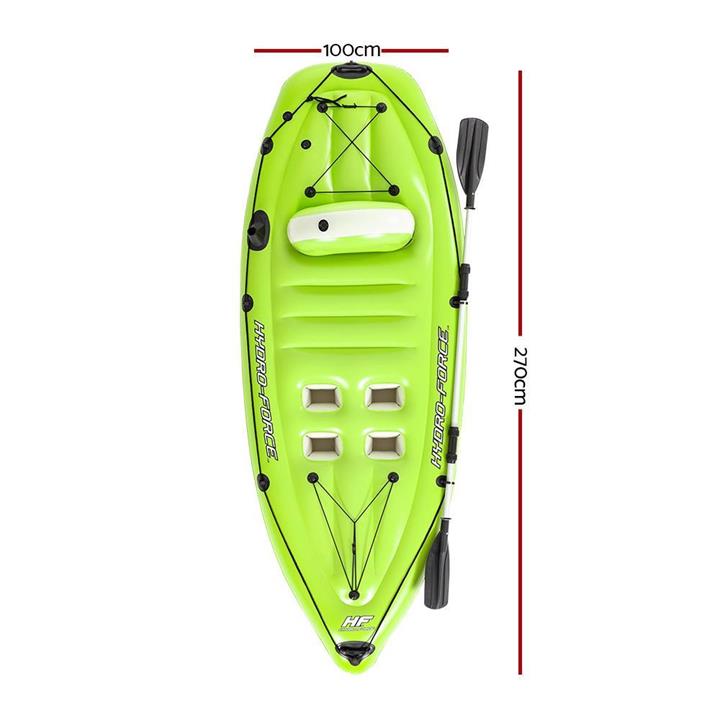Choosing the right kayak for surf conditions requires careful consideration, as the kayak you select can greatly impact your safety and enjoyment in the waves. Here are some important things to know and consider when deciding on a kayak for surf:
1. Type of Kayak:
- Sit-on-Top (SOT) kayaks are the most popular choice for surf kayaking. They provide stability and are easy to re-enter if you capsize. SOT kayaks are self-draining, making them suitable for rough conditions.
- Surf-specific kayaks are designed for wave riding and maneuverability. They are shorter, with a more rocker (upward curve from bow to stern) and specialized features for surf conditions.
2. Length and Rocker:
- Shorter kayaks (typically 6 to 9 feet) are more maneuverable in the surf but may sacrifice speed. Longer kayaks provide more speed but can be less agile. The choice depends on your skill level and surf conditions.
- A kayak with a pronounced rocker (upward curve) is better for surfing, as it helps the kayak turn quickly in waves.
3. Material:
- Durable materials like rotomolded plastic are common for surf kayaks, as they can withstand the rough conditions of the surf.
4. Volume and Buoyancy:
- Consider the kayak’s volume and buoyancy. A kayak with higher volume can ride over waves more easily. This is important for staying on top of the water in larger surf.
5. Hull Shape:
- A planing hull, which is flat, provides better stability and is suitable for surfing. It helps the kayak catch and ride waves more effectively.
6. Chines and Rails:
- Sharp chines (edges where the hull meets the sides) offer better maneuverability. Soft chines provide stability. Some surf kayaks have a combination of both to balance stability and performance.
7. Seat and Outfitting:
- A well-designed seat and outfitting provide comfort, support, and control. Adjustable footrests and thigh braces are essential for stability and control in rough waters.
8. Leash and Safety Gear:
- Always use a leash to attach yourself to the kayak. This prevents your kayak from getting away if you capsize.
- Wear appropriate safety gear, including a personal flotation device (PFD), helmet, and suitable wetsuit or drysuit for cold water.
9. Skill Level:
- Your experience level in both kayaking and surf conditions is a crucial factor. Beginners should start with more stable, user-friendly kayaks, while experienced paddlers may opt for high-performance models.
10. Surf Conditions:
- Consider the typical surf conditions in your area. Kayak choice may vary based on whether you primarily encounter small, gentle waves or larger, more challenging surf.
11. Try Before You Buy:
- Whenever possible, test different kayaks in surf conditions before making a purchase. This allows you to get a feel for how the kayak performs in the waves.
12. Lessons and Training:
- If you’re new to surf kayaking, consider taking lessons or training sessions to develop the necessary skills for safe and enjoyable surfing.
Remember that surf kayaking can be physically demanding and requires practice to master. By carefully considering the kayak’s design, your skill level, and the surf conditions, you can make an informed choice that enhances your surf kayaking experience while ensuring your safety in the waves.
